Contents
- 1 Discover Top Kobe Tourist Attractions
- 2 Explore Kobe’s Iconic Harborfront
- 3 Savor Authentic Kobe Beef & Local Cuisine
- 4 Step into Kobe’s Historic and Cultural Districts
- 5 Unwind at Arima Onsen and Experience Kobe’s Hot Springs
- 6 Adventure on Mount Rokko and Nunobiki
- 7 Discover Sake Breweries in Nada District
- 8 Visit Kobe’s Museums, Landmarks, and Day Trip Spots
- 9 Conclusion
- 10 FAQs
- 10.1 1. What are the must-visit attractions in Kobe for first-time visitors?
- 10.2 2. Is Kobe suitable for a day trip, or should I stay overnight?
- 10.3 3. What’s the best way to get around Kobe’s main attractions?
- 10.4 4. Are there vegetarian or non-beef food options in Kobe?
- 10.5 5. Can I visit sake breweries in Kobe without Japanese language skills?
What if a city could offer rugged mountains, glittering harbors, and world-renowned cuisine—all within a single easygoing day? That’s Kobe in a nutshell, where every corner invites you to experience a new flavor of Japan and discover all the things to do in Kobe.
Many travelers rush between Osaka and Kyoto, but few realize how Kobe brings together history, culture, food, and nature in one compact, endlessly rewarding package. Maybe you’re curious about the iconic Kobe harborland views, the sizzle of authentic Kobe beef, or soaking in ancient hot springs just steps from the city bustle.
Stick around and you’ll find a guide to Kobe tourist attractions that goes beyond the usual must-sees, mixing insider favorites, local flavors, and unforgettable city escapes—whether you’re here for a taste or the full adventure.
Whether you’re a foodie, a culture seeker, or an adventure enthusiast, there are countless things to do in Kobe that will make your visit unforgettable.
Exploring Kobe Tourist Attractions will reveal hidden gems and iconic sites that showcase the city’s unique offerings.
When considering your itinerary, be sure to include a comprehensive list of Kobe Tourist Attractions that highlight the best experiences the city has to offer.
Discover Top Kobe Tourist Attractions
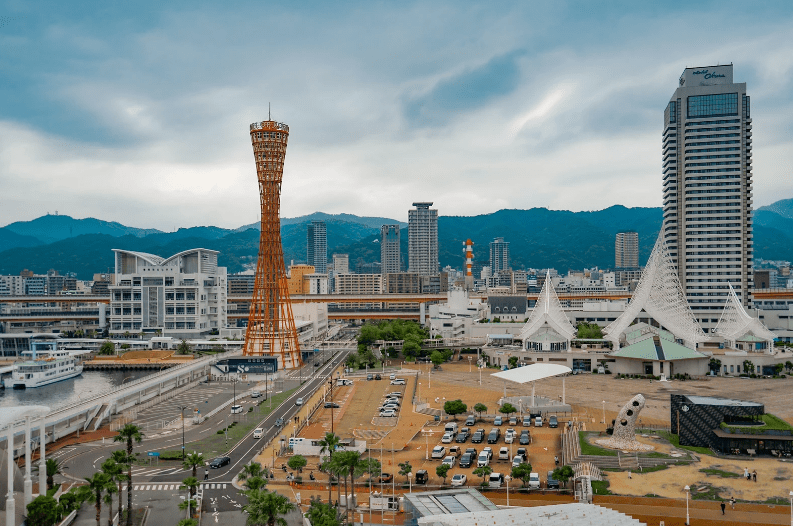
From museums to parks, the various Kobe Tourist Attractions cater to every type of traveler and offer unforgettable memories.
Kobe stands out among Japanese cities as a scenic port city where dramatic mountains meet the sparkling sea, creating a unique blend of nature and urban culture. Located in Hyogo Prefecture, Kobe is home to many remarkable Kobe Tourist Attractions that are often praised for their cosmopolitan atmosphere, historic districts, and breathtaking cityscape that comes alive at night.
First-time visitors and returning travelers will discover a wide range of sights and experiences. Popular Kobe tourist attractions include the modern marvel of Kobe Port Tower, the bustling Nankinmachi (Kobe’s vibrant Chinatown), and the heritage-rich Kitano Ijinkan district, which is dotted with Western-style mansions from the Meiji era.
Make sure to explore the many Kobe Tourist Attractions that reflect the city’s vibrant lifestyle and rich history.
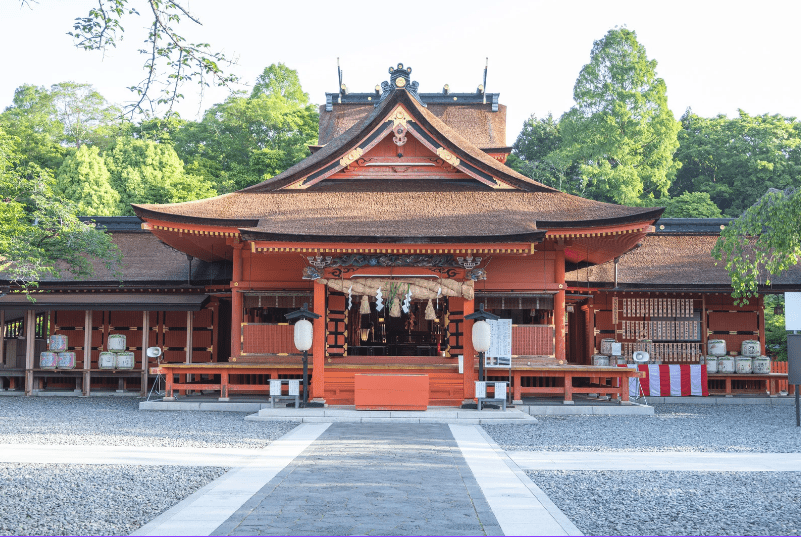
Food lovers shouldn’t miss tasting authentic Kobe beef at renowned steakhouses, while culture enthusiasts can stroll through the beautifully preserved Ikuta Shrine, one of Japan’s oldest Shinto shrines, nestled right in the city center. Nature seekers are drawn to Nunobiki Falls and the lush ropeway up to the Nunobiki Herb Gardens, offering panoramic views over the bay.
Kobe’s diversity shines through its lively waterfronts like Kobe Harborland, exciting nightlife in Sannomiya, chic shopping at Kobe Harborland Umie, international museums, chic bakeries, and proximity to mountain escapes such as Mount Rokko. Whether you crave history, world-class dining, shopping, or natural beauty, there is something in Kobe to capture your imagination.
Kobe Tourist Attractions offer a mix of modern and traditional experiences that are not to be missed.
Explore Kobe’s Iconic Harborfront
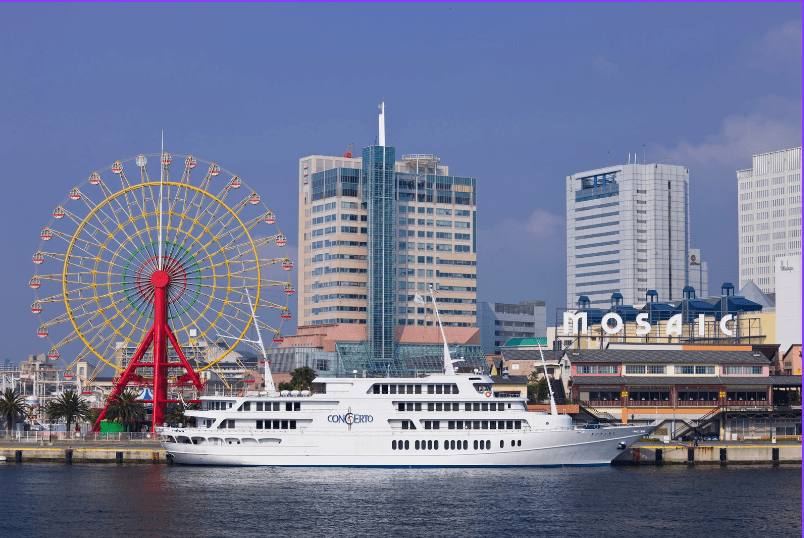
Kobe’s iconic harborfront is the heart of the city’s seaside charm. Stroll along Kobe Harborland, a vibrant waterfront area packed with fashionable shopping malls like Kobe Harborland Umie, open-air plazas, tasty eateries, and playful public art. It’s a favorite gathering spot for locals and visitors alike, blending harbor views with entertainment and relaxation.
Right nearby, you’ll find Meriken Park, famous for its chic lawns, striking Kobe Monument, and the Kobe Maritime Museum, all set against views of ships drifting in and out of Kobe Port. Sunsets here are magical, especially when enjoyed from the shadow of the architecturally sleek Kobe Port Tower, whose observation deck offers sweeping 360-degree sights of the skyline, Rokko Mountains, and Osaka Bay. The tower is open daily from 9:00 AM to 9:00 PM (hours subject to seasonal changes—check the Kobe Port Tower official site for the latest updates and tickets).
As twilight falls, the harborfront promenade glows with colorful illuminations reflecting off the water, making it perfect for a romantic walk or memorable photos. For a unique perspective, consider a Kobe Bay Cruise, which departs multiple times each day from the Naka Jetty central terminal at Kobe Harborland. You’ll glide across Kobe Bay, taking in waterfront architecture, distant Mount Rokko, and the changing hues of the evening sky—ideal for families or couples seeking a special moment.
Both Harborland and Meriken Park are easy to access from Kobe Station and Sannomiya Station, making them hassle-free highlights on your Kobe journey. Shops and restaurants typically open around 10:00 AM and close between 8:00 and 9:00 PM, though hours may vary on weekends and public holidays.
Savor Authentic Kobe Beef & Local Cuisine
Kobe is world-renowned as the home of real Kobe beef, celebrated for its rich marbling and melt-in-your-mouth texture. Tasting authentic Kobe beef is a culinary rite of passage, and visitors can experience it at famed local restaurants like Steakland Kobe (near Sannomiya Station), Wakkoqu (in Shin-Kobe), and Ishida Kobe Beef Steak.
Food lovers should also wander into Nankinmachi, Kobe’s vibrant Chinatown(Nankinmachi), to explore a lively street food scene unique to the city. Grab a freshly steamed pork bun or nibble on crispy pan-fried gyoza from stalls as you soak up the bustling atmosphere.
Beyond the main dishes, Kobe’s café culture shines with European-inspired bakeries and patisseries offering local sweets. Must-try treats include “Kobe pudding” and delicate pastries at places like Isuzu Bakery or the atmospheric Motomachi Cake.
If you’re looking for where to dine in style or find hidden local gems, journey through the alleys and department store basements in the Sannomiya dining district—the heart of downtown Kobe’s gourmet culture. Make reservations in advance for the busiest steak houses, especially on weekends and holidays, as seating can be limited and demand is high.
Step into Kobe’s Historic and Cultural Districts
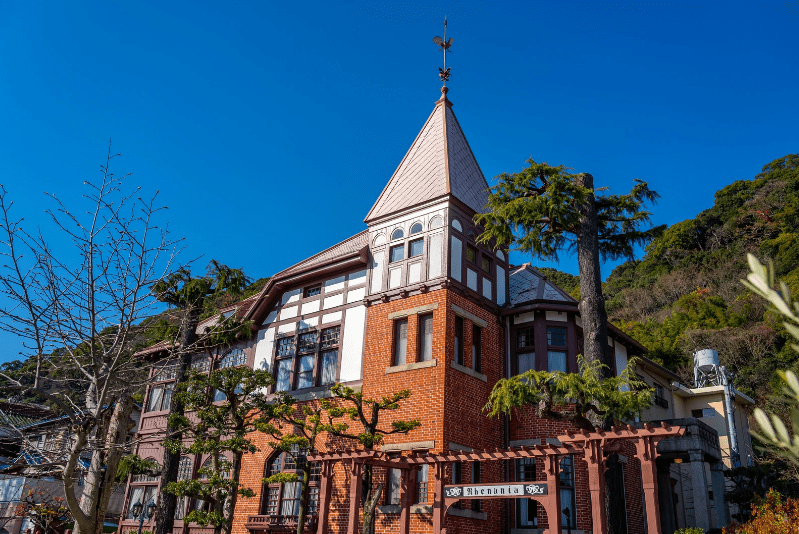
Kobe’s character is shaped by its unique blend of Japanese tradition and Western influences, dating from its days as a thriving international port city. Strolling through Kitano-cho Ijinkan, you’ll discover elegant Western-style mansions built by foreign merchants during the Meiji era. Many of these “ijinkan” have been preserved as museums or stylish cafes, allowing visitors to step back in time and tour interiors rich with history and global charm—check route maps and visitor info on the Kitano Ijinkan website.
Just downhill, the Kyu-Kyoryuchi area reveals Kobe’s historical foreign settlement, where stone buildings house boutiques, chocolatiers, and jazz bars. The blend of European and Japanese architecture creates a photogenic cityscape that sets Kobe apart from other Japanese cities.
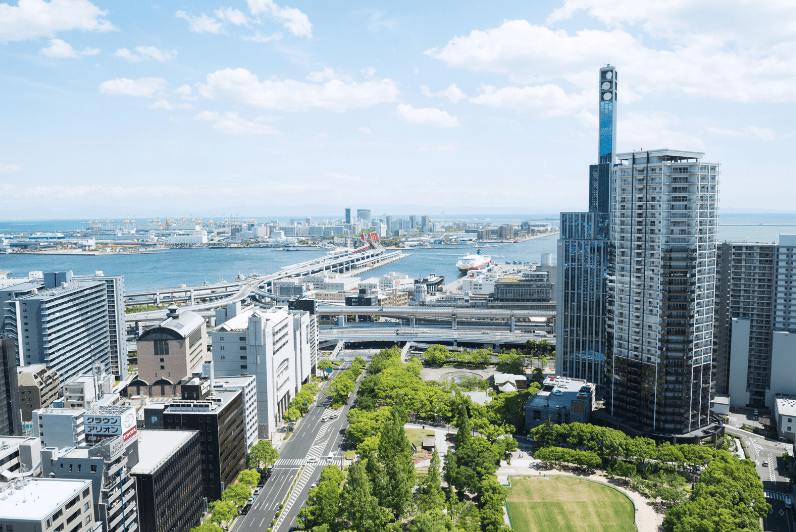
For lively city life, head toward Motomachi and Sannomiya. Motomachi’s wide shopping street brims with boutiques, vintage shops, and cozy cafes, while Sannomiya comes alive at night with izakaya, cocktail bars, and karaoke. This downtown area draws both locals and visitors with its vibrant fusion of old and new.
No cultural stroll through Kobe is complete without pausing at Ikuta Shrine, one of Japan’s oldest Shinto shrines. Located right in the heart of the city, Ikuta’s serene grounds create a peaceful escape from the urban rush and host annual festivals celebrating Japanese tradition—a great spot to experience authentic [Ikuta Shrine] rituals, pull a mikuji fortune, or admire seasonal flowers.
Detailed walking maps and signage in English make it easy to explore these districts on foot. Plan your route to enjoy the seamless transition from historical streets to chic city neighborhoods, each revealing a new facet of Kobe’s cosmopolitan spirit.
Unwind at Arima Onsen and Experience Kobe’s Hot Springs
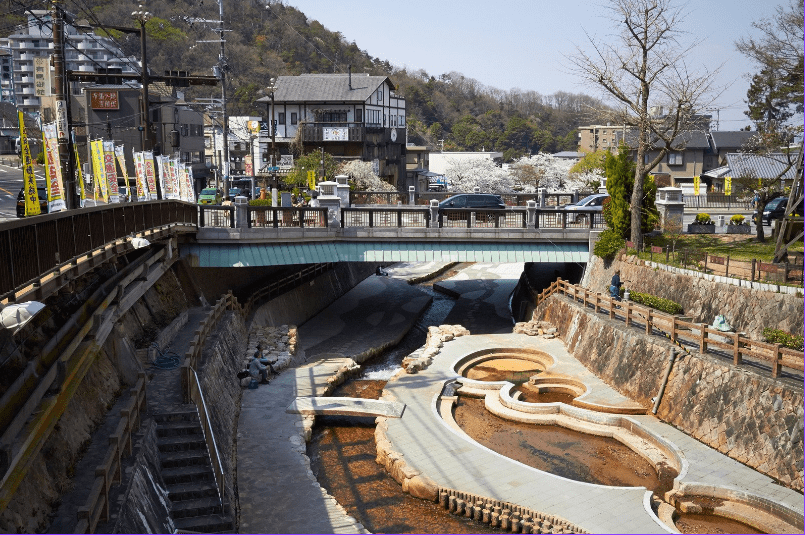
Tucked into the northern foothills of Kobe city lies Arima Onsen, one of Japan’s oldest and most revered hot spring towns. Known for its healing golden (kin) and silver (gin) mineral waters, Arima offers visitors a chance to slip back in time among centuries-old bathhouses, traditional ryokan inns, and winding cobbled streets that retain the charm of old Japan. This hot spring resort is a must-visit location for anyone seeking a genuine Japanese atmosphere.
You can experience the famed golden spring water, rich in iron and salt, at public baths like Kin no Yu, or immerse yourself in the silvery radium-rich waters at Gin no Yu. If you’re looking for a wider range of soaking experiences, Taiko-no-Yu is a modern onsen complex, perfect for families and groups, featuring indoor and outdoor pools, saunas, and even rock baths.
You’ll encounter countless opportunities for exploration among the Kobe Tourist Attractions scattered throughout the city.
Engaging with these Kobe Tourist Attractions allows you to experience the very essence of Kobe.
For an authentic Arima stay, consider reserving a room at one of the historic ryokan, where you can bathe privately, don a yukata, and sample traditional kaiseki dinners. Walking the quiet side streets, you’ll stumble upon small temples, footbaths, and artisanal shops selling famous local snacks like carbonated rice crackers and specially made manju, making it a delightful tourist spot.
Getting to Arima Onsen from downtown Kobe or Sannomiya is straightforward—just a short trip by train, bus, or taxi, making it one of the most accessible hot spring resorts in the Kansai region. If you want all the details, check the Arima Onsen official tourism page for current transport access, onsen opening hours, and local event info.
Adventure on Mount Rokko and Nunobiki
For a complete experience, consider visiting multiple Kobe Tourist Attractions that showcase the natural beauty and urban charm of the city.
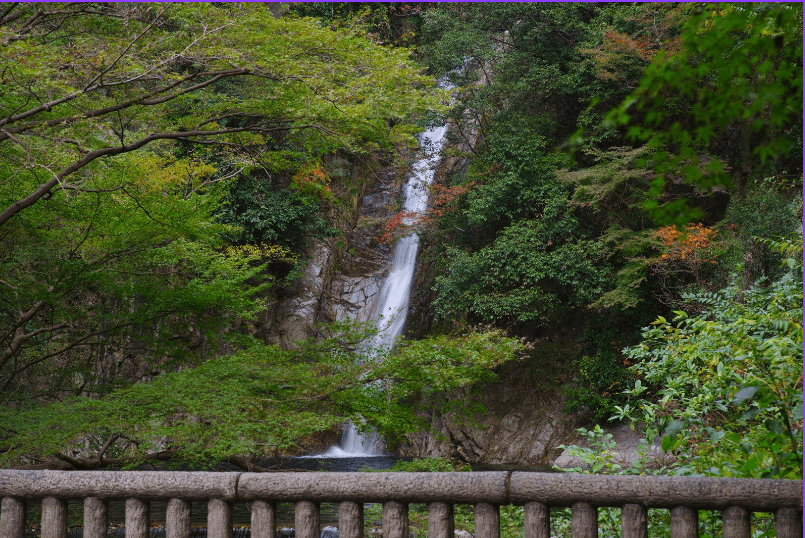
For adventure and breathtaking city and sea views, Mount Rokko and the Nunobiki area are a must-visit within the Kobe area. Mount Rokko is easily reached from central Kobe via the Rokko Cable Car, which whisks you up to cooler altitudes where mountain breezes and sweeping panoramas await.
Once aboard the cable car or the connecting ropeway, you’ll arrive at Rokko Garden Terrace, a popular destination with restaurants, souvenir shops, and panoramic viewpoints over the Osaka Bay and Kobe port cityscape—especially dazzling at sunset. Adventurers can explore the unique Rokko Music Box Museum, or, if you’re visiting in winter, hit the ski slopes or enjoy snow play at Rokko Snow Park.
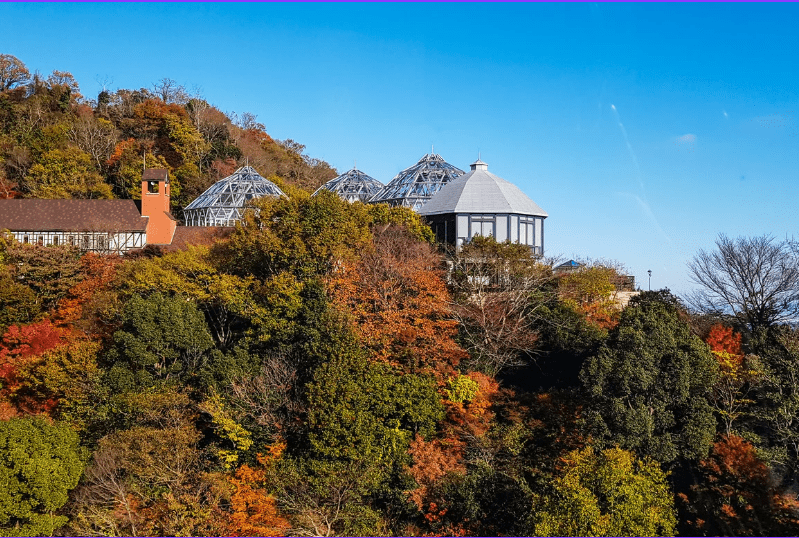
Just below Mount Rokko, the Nunobiki area is famed for its natural beauty. The trailhead near Shin-Kobe Station leads you through lush forest to the Nunobiki Falls—a series of picturesque waterfalls lauded in Japanese poetry and art. Continue upwards to reach the Nunobiki Herb Gardens, accessible by ropeway and home to over 200 kinds of fragrant flowers. Here, you can stroll garden trails, sip herbal teas, and gaze out over Kobe city from scenic terraces.
For practical matters, Rokko’s attractions generally open from 10:00 to 20:30, but hours may vary by season and facility, so check individual sites for up-to-date information and ticket prices. Detailed route maps are available at major Kobe stations, and combination tickets let you enjoy multiple sites with ease.
Whether you crave dazzling night views, a refreshing hike, or hands-on experiences at mountain museums, Mount Rokko and Nunobiki blend natural beauty and outdoor adventure just minutes from Kobe’s vibrant city center.
Discover Sake Breweries in Nada District
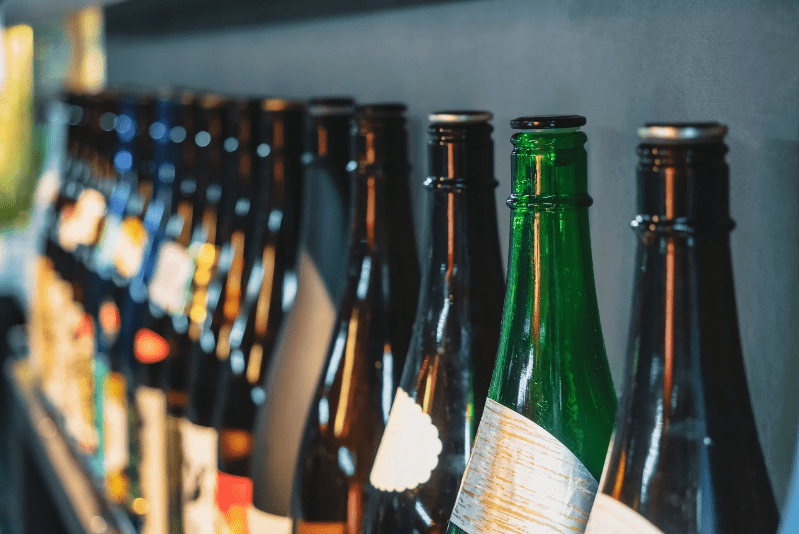
The Nada district in Kobe is recognized as Japan’s premier sake-producing region, celebrated for its clear water, ideal climate, and centuries-old brewing heritage.
Visitors seeking an authentic taste of Kobe’s food culture will find this area essential to any itinerary. Stroll through the streets lined with historical breweries, where the scent of fermenting rice fills the air.
Among the must-visit sites is the Hakutsuru Sake Brewery Museum, which blends 18th-century atmosphere with interactive, English-friendly exhibits that walk you through the entire sake production process.
Tasting sessions follow each tour, allowing you to sample the brewery’s award-winning sake and seasonal specialties.
The blend of attractions makes Kobe a destination worth exploring, with each Kobe Tourist Attraction providing its unique allure.
Don’t forget to take notes on your favorite Kobe Tourist Attractions to make the most of your visit.
The Kiku-Masamune Sake Brewery also welcomes guests for guided tours in Japanese and English, offering insights into how its crisp sake pairs with Kobe beef and other regional dishes.
Kobe Tourist Attractions reflect the city’s resilience and creativity, making them a vital part of the Kobe experience.
Many breweries in the Nada Sake District operate tasting counters, shops, and compact museums.
By visiting Kobe Tourist Attractions, you’ll gain deeper insights into the rich culture and history of this fascinating city.
Staff members are used to international visitors and can often assist in English or provide resources in other languages for a smooth experience.
Each Kobe Tourist Attraction tells a story about the city’s past and present, inviting exploration and discovery.
When planning your visit, note that most breweries are accessible from central Kobe by train (Hanshin Main Line stops: Mikage, Uozaki, and Ishiyagawa are all well-placed), and facilities typically welcome guests from 10 a.m. to 5 p.m., but details vary.
To fully appreciate what Kobe has to offer, visiting its Kobe Tourist Attractions is essential.
Kobe Tourist Attractions provide not just sights to see but experiences to cherish and remember.
Kobe Tourist Attractions await you with their unique stories, flavors, and sights that capture the spirit of this vibrant city.
To conclude, the best way to enjoy Kobe is to fully immerse yourself in its Kobe Tourist Attractions.
It’s smart to check brewery websites for updated business hours, holiday closures, and to see if you need a reservation—especially for guided tours or group tastings.
Sake from Nada is deeply entwined with the city’s cuisine and history. A tasting journey here is not just about sampling drinks but truly experiencing a distinctive part of Kobe’s culture and legacy.
Visit Kobe’s Museums, Landmarks, and Day Trip Spots
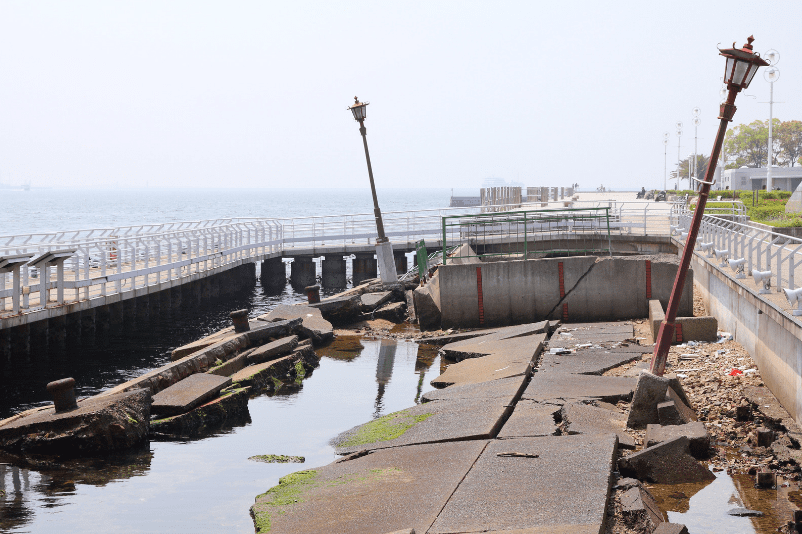
Kobe offers a vibrant mix of museums and landmarks that highlight its resilience, creativity, and global connections.
At the Kobe Earthquake Memorial Museum, interactive displays and survivor testimonials bring to life the city’s recovery from the devastation of the 1995 Great Hanshin Earthquake. It’s a moving and informative stop for understanding how Kobe rebuilt both its infrastructure and its community spirit.
Fans of technology and engineering shouldn’t miss Kawasaki World inside the Kobe Maritime Museum. Here, you’ll find everything from high-speed trains to motorcycles and even ship simulators designed for hands-on learning.
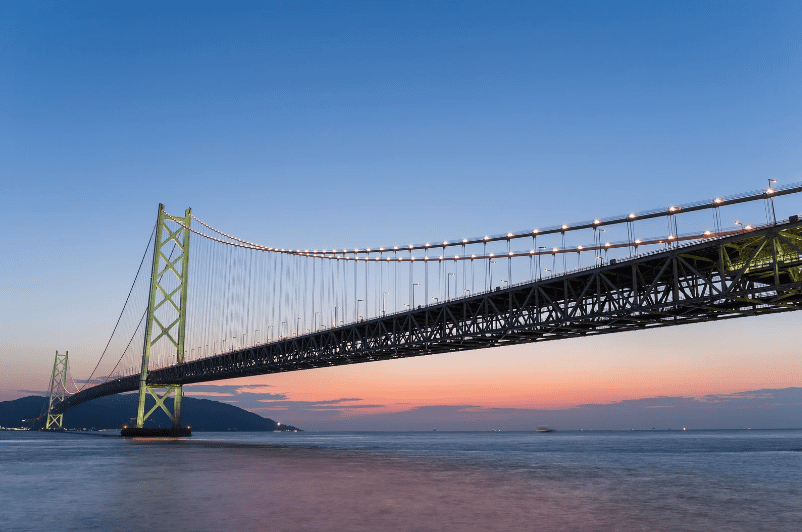
Outdoors, the breathtaking Akashi-Kaikyo Bridge spans Osaka Bay, linking Kobe to Awaji Island with the world’s longest suspension bridge. Visitors can climb to observation decks for panoramic sea and city views—a true highlight for anyone interested in engineering marvels.
For a quieter, nature-infused experience, Kobe is dotted with lush parks and gardens, such as Sorakuen, which features traditional Japanese landscaping, and the family-friendly Kobe Oji Zoo with its iconic giant pandas.
Planning your itinerary is easy thanks to convenient public transport and walkable city neighborhoods. A sample 1-day itinerary could start with downtown Kobe’s Kitano area, visit landmark museums, and end with a stroll or dinner along the waterfront. With 2 days, visitors can add excursions to Arima Onsen or embrace the outdoors on Mount Rokko.
To explore beyond the city, take a short train ride to Himeji Castle, Japan’s most spectacular original castle, known for its striking white walls and elegant architecture. Alternatively, journey across the Akashi-Kaikyo Bridge to Awaji Island, famous for its coastlines, flower parks, and fresh seafood.
Kobe’s varied attractions make the city an ideal base for exploring both vibrant urban districts and neighboring cultural treasures.
Conclusion
Kobe offers a captivating blend of scenic beauty, vibrant culture, and unforgettable cuisine, inviting travelers to explore beyond Japan’s more familiar hotspots. From the lively harborfront and famed Kobe beef to historic neighborhoods, hot springs, and mountain adventures, the city constantly surprises and delights visitors of all interests.
Whether you’re tasting local sake in Nada, relaxing in Arima Onsen, or soaking in panoramic views atop Mount Rokko, Kobe’s attractions reveal a unique side of Japanese travel. Plan your itinerary and embrace the city’s diverse experiences—you’ll leave with lasting memories and a new appreciation for this dynamic port city.
FAQs
1. What are the must-visit attractions in Kobe for first-time visitors?
First-time visitors should prioritize Kobe Harborland for its waterfront shopping, the observation deck at Kobe Port Tower, and the historic Kitano-cho Ijinkan district. Enjoying authentic Kobe beef, exploring Nankinmachi Chinatown, and unwinding at Arima Onsen are also top experiences that showcase the city’s culture, cuisine, and relaxation options.
2. Is Kobe suitable for a day trip, or should I stay overnight?
Kobe is a great day trip destination from Osaka or Kyoto, with efficient transport links making key sights easily accessible. However, staying overnight allows you to experience the harbor lights, sample the nightlife in Sannomiya, and soak in an onsen without rushing—highly recommended for a deeper experience.
3. What’s the best way to get around Kobe’s main attractions?
Most central attractions in Kobe, like the harbor area, Kitano, and Motomachi shopping street, are easily explored on foot or via a short train or subway ride. For outlying spots like Arima Onsen or Mount Rokko, use the local train lines and cable cars; purchase an all-day transit pass if you plan to cover multiple areas.
4. Are there vegetarian or non-beef food options in Kobe?
Absolutely—while Kobe is famous for beef, the city’s Nankinmachi Chinatown offers a variety of vegetarian dishes and seafood specialties. Many cafes and bakeries provide meat-free options, and local izakayas often serve vegetable tempura, tofu dishes, and noodle bowls suitable for vegetarians.
5. Can I visit sake breweries in Kobe without Japanese language skills?
Yes, many major sake breweries in the Nada district, such as the Hakutsuru Sake Brewery Museum, offer English signage and audio guides. Staff in tasting rooms are accustomed to serving international guests, and printed materials often explain the brewing process in English, ensuring a rich, accessible experience.
